With regular soaking rains, cool temperatures, and crisp sunny days marked by the slanting rays of a sun sinking further into the southern sky, there’s little doubt that autumn is here to stay. As you work at cleaning up your yard and getting your garden ready for winter, here are a few items to keep your lawn and garden healthy and thriving throughout the months to come.
First, while our autumn rains have been a welcome reprieve from a hot, dry summer, your deck pots and hanging baskets are almost certainly little more than a memory at this point. If you haven’t yet planted up your containers with winter pansies, stop at Vander Giessen’s to pick up some bulbs—particularly tulips or daffodils—to bury in your pots before you add pansies. Taller bulbs like tulips and daffodils work particularly well paired with pansies; in early spring, the bulbs will sprout among the pansy foliage and add additional texture and height to your containers.
Pairing bulbs with pansies is a great way to make the most of both plants, as the pansies will provide color through much of winter, the bulbs will complement the pansies in early spring as the pansy flowers begin to wake up, and finally the blooming pansies will hide the dying bulb foliage after they’re done blooming.
Layering bulbs with pansies works great in flowerbeds, too, so take some time this month to visit our nursery and pick up some packs of bulbs along with a couple flats of pansies to keep the color going in your pots or flowerbeds well into winter and again next spring. When planting, feed with bone meal to promote strong plants and colorful blooms; now is also the time to feed existing bulbs you have in the ground from previous years.
Second, October is a great month to treat your lawn preventatively for moss with a dose of Espoma Lightning Lime. Treating with lime helps counteract the acidifying effect of regular rains on our soils; by neutralizing acidic soil, lime discourages moss growth and helps grass properly absorb nitrogen from lawn fertilizer, promoting a healthier lawn. If moss has already started growing in the shady areas of your lawn, don’t wait to kill it—moss will grow throughout winter, so it’s best to kill it now with a dose of ferrous sulfate or Bonide MossMax before it takes over.
Following a dose of lime, feed your lawn one last time later in October or November with a winterizer fertilizer like Scotts Turf Builder Winterguard. Even though we stop mowing our lawns in winter, grass roots continue to grow through the winter months, and a final feeding just prior to winter will nourish the all-important part of the lawn we don’t see, promoting healthier turf and a quicker green-up next spring.
Third, now is the time to divide some of the perennials around your yard before they die back all the way for winter. Hardy perennials like hostas, black-eyed susans, daylilies, and bleeding hearts can all look lopsided if divided in spring, so I like to dig these up in mid-autumn and divide as necessary, replanting the portions I want to keep before they die back entirely for winter.
Finally, your vegetable garden may be finished for the season save for some herbs, lettuces, and other cold-hardy greens, but now is the best time to plant garlic for harvest next summer. Pick a corner of your vegetable garden with good drainage and adequate sun and plant some garlic cloves this month. They’ll most likely sprout a couple inches yet before winter, then take off again next spring with an abundant harvest in July. At Vander Giessen’s we carry both hardneck and softneck varieties for your garden and culinary needs.
As we approach mid-autumn, enjoy the slower pace in the garden—and take some time this month to ensure color throughout winter and next spring. Enjoy October!


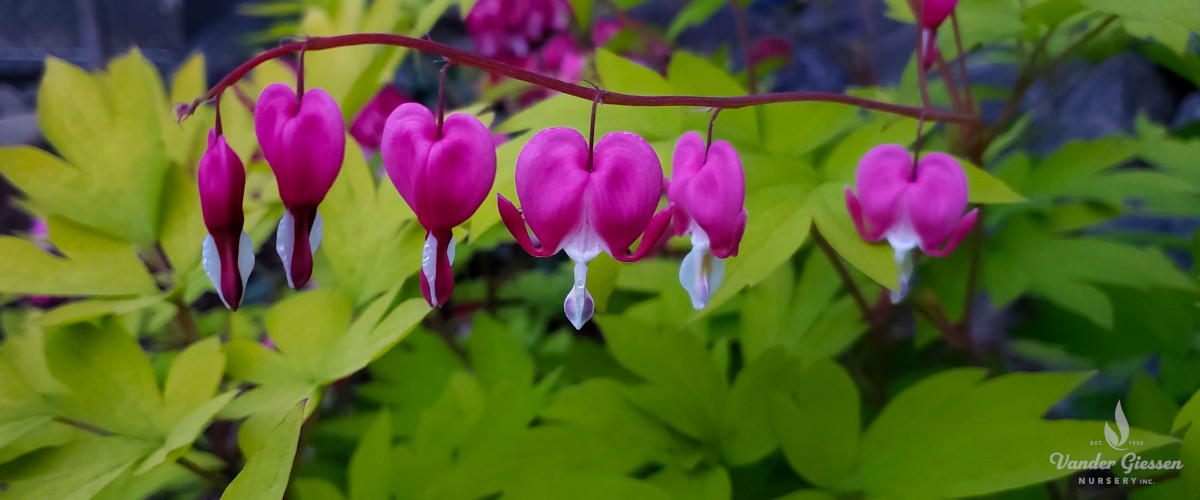
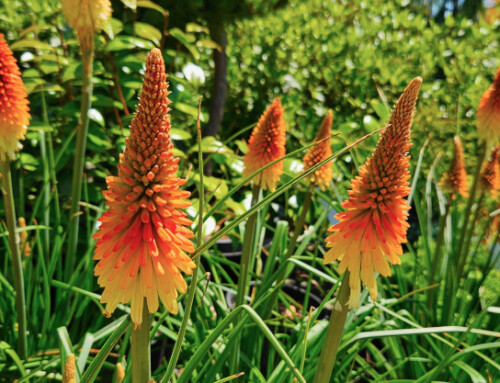
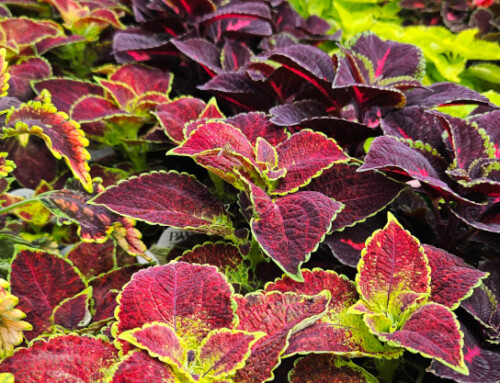
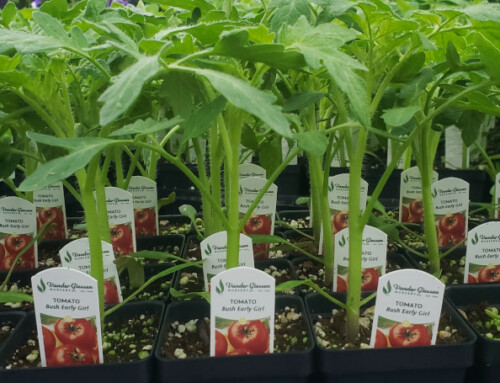
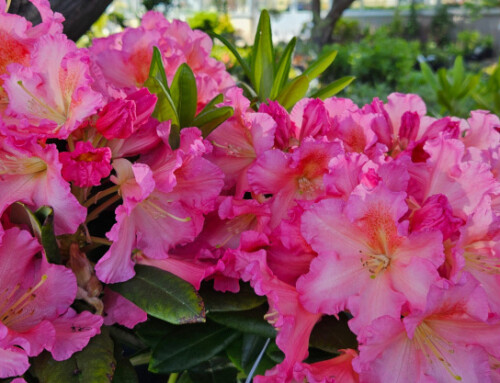
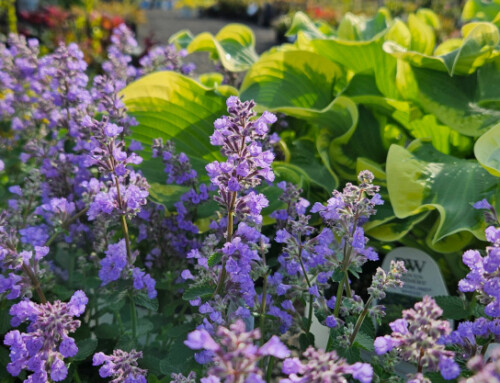
Thanks fir all the great tips guys. Vander Giessen is my favorite place to shop!!
Thank you, Diana! We appreciate your business and support! 🙂